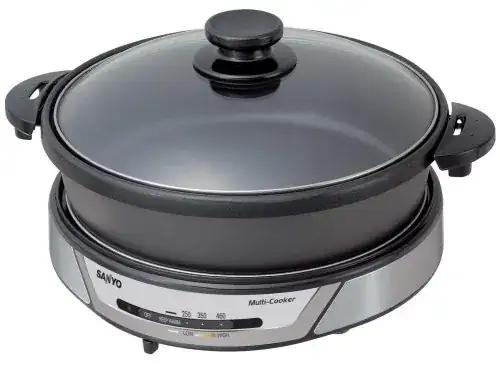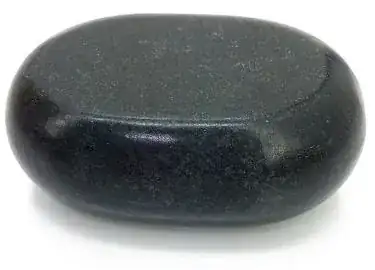I have an electric hot pot that would be good for deep frying as it automatically controls heat. However, the pot itself is more of a pan - shallow and wide. I was thinking of things I could put in the pan (on one side) in order to:
- Increase the depth of oil (on other side)
- Decrease the volume of actual oil used
- Retain heat
So far, my questionably "best" idea/hack is to use basalt "hot stones" typical of massage therapy.
Seems like basalt is used in some cooking forms, e.g. as a hot plate for steaks etc. Some sub-questions to go along with this idea:
- Can basalt stones withstand deep frying conditions of 375F?
- Are most basalt stone products pretty much the "same" kind of basalt?
- Is it safe for cooking (e.g. leeching, chemicals, reaction to hot oil etc.)
- Are there any other safety issues I'm neglecting?
If people have any other ideas that can answer the question I'm all ears.

